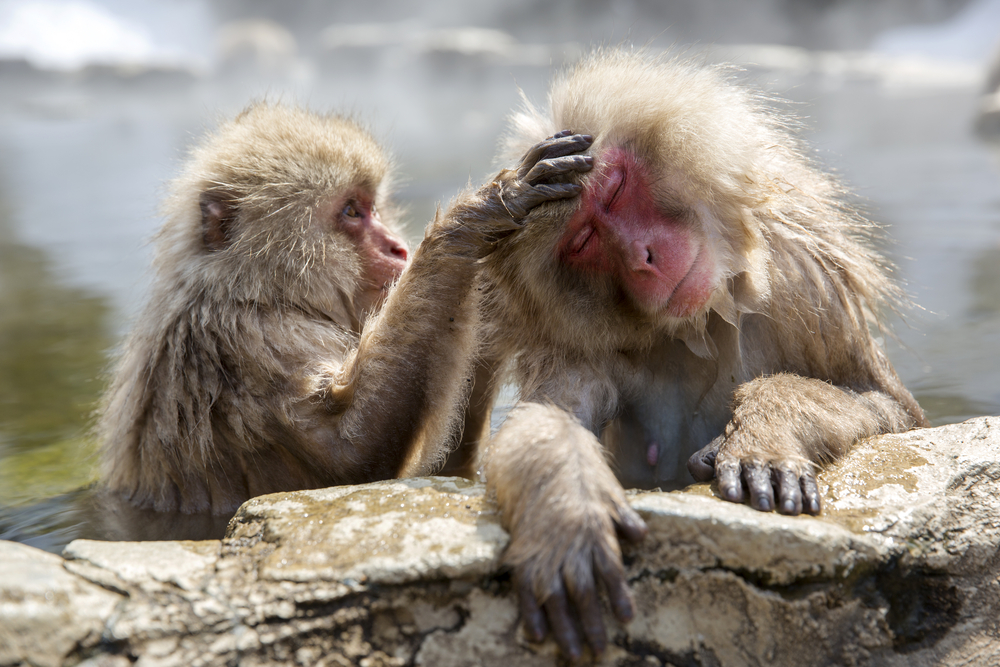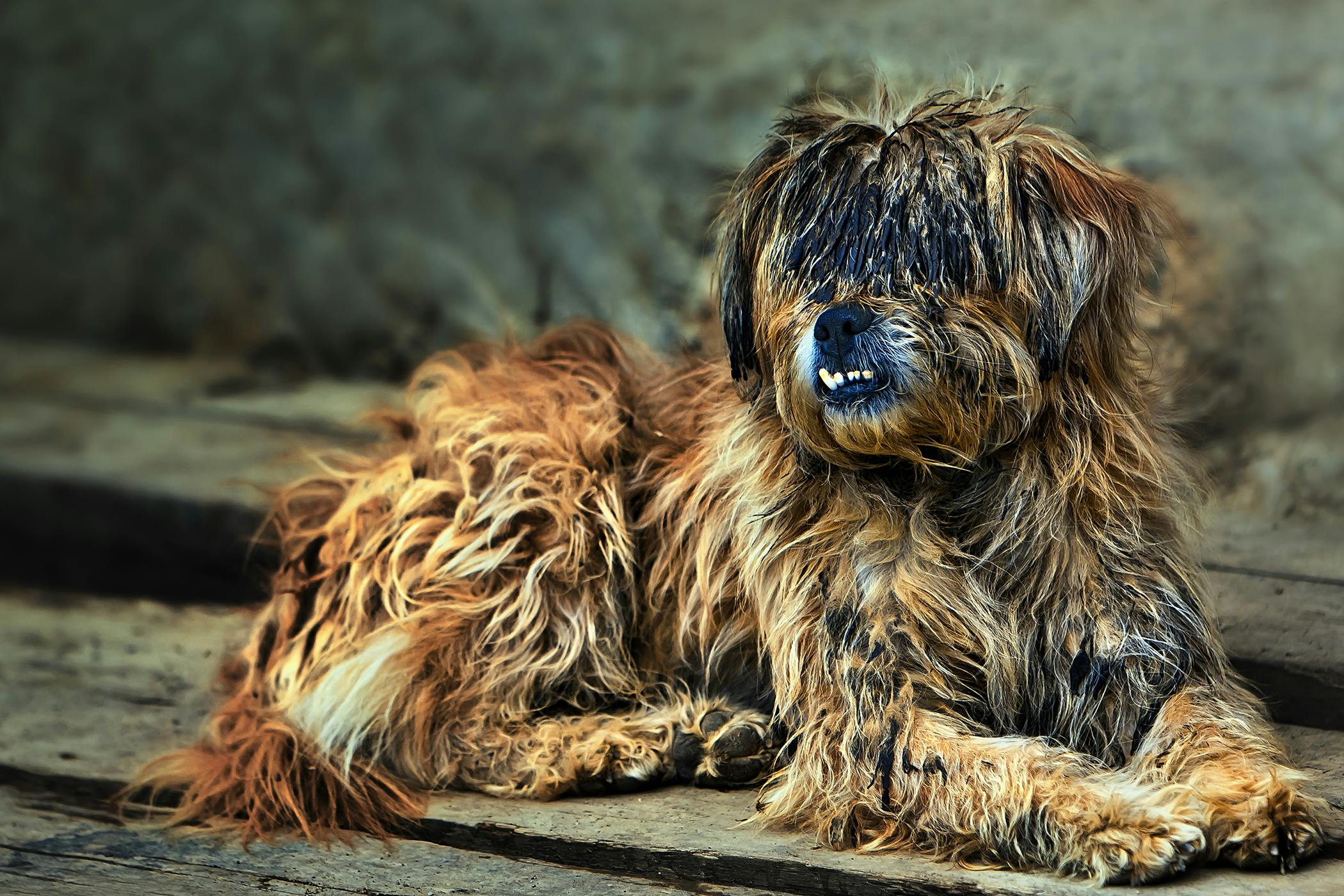Table Of Content

Depending on what species you are referring to, the terms differ. The term "hair" can be used interchangeably with humans and animals. The word "fur" is specifically employed when referring to non-human mammals.
Structural Differences
The texture of hair and fur can also be influenced by factors such as age and health. For example, as animals age, their hair or fur may become coarser and less vibrant. Another important function of hair and fur is camouflage and protection.
Main Differences between Hair and Fur (in Points)
Hair care routines differ according to an individual's culture and the physical characteristics of one's hair. Hair may be colored, trimmed, shaved, plucked, or otherwise removed with treatments such as waxing, sugaring, and threading. In fact, although genetic findings (Tishkoff, 2009) suggest that sub-Saharan Africans are the most genetically diverse continental group on Earth, Afro-textured hair approaches ubiquity in this region. This points to a strong, long-term selective pressure that, in stark contrast to most other regions of the genomes of sub-Saharan groups, left little room for genetic variation at the determining loci.
Evolutionary and Genetic Factors

There is a difference between fur and hair, but the way it affects allergies may not be what you’d expect. Waxing involves using a sticky wax and strip of paper or cloth to pull hair from the root. Waxing is the ideal hair removal technique to keep an area hair-free for long periods of time. It can take three to five weeks for waxed hair to begin to resurface again.
Texture
It is, in essence, a complex structure consisting of multiple layers of hair follicles and hair fibers. These intricate layers of fur offer an array of functions and adaptations tailored to the unique needs of various species. Whiskers have a few differences, including that they tend to be longer and stiffer (but this is not always the case), and they're important sensory organs. "Every follicle has a certain amount of innervation," MacPhee explains.
It consists of overlapping scales that lay flat and provide a smooth surface. The cuticle also helps to regulate the absorption and loss of moisture, keeping the hair and fur hydrated. The condition of the cuticle can affect the overall appearance and health of the hair and fur. It is a layer of protection for many mammals, locks out cold temperatures for them, and for humans also, the hair on the body acts as protection later from harmful UV rays of the sun. Down hair (also known as underfur, undercoat, underhair or ground hair) is the bottom – or inner – layer, composed of wavy or curly hairs with no straight portions or sharp points.
The 6 Best Shark Vacuums for Pet Hair of 2024, According to Testing - Better Homes & Gardens
The 6 Best Shark Vacuums for Pet Hair of 2024, According to Testing.
Posted: Fri, 12 Jan 2024 08:00:00 GMT [source]
For example, animals living in colder climates often have longer and thicker fur to provide better insulation and protection from the elements. In contrast, animals in warmer climates may have shorter hair or fur to help them regulate their body temperature more efficiently. Both are primarily composed of keratin, a tough and fibrous protein. However, the distinctions arise in the organization and density of these protein structures. Fur boasts a dense arrangement of hair follicles that produce various types of hair, including guard hairs and underfur. This dense structure imparts fur with its characteristic thickness and insulation properties.
I Used Olaplex On My Bleach-Damaged Hair For 2 Months - The Everygirl
I Used Olaplex On My Bleach-Damaged Hair For 2 Months.
Posted: Wed, 14 Jun 2023 07:00:00 GMT [source]
Variations in Hair and Fur Characteristics”
The fossil record even shows evidence of hair used for protection and warmth. Cats typically have a more uniform coat, though still layered, designed to offer a blend of agility and protection. For instance, whales have evolved to have minimal hair as an adaptation to their aquatic lifestyles, aiding in streamline movement. From the dense undercoat of a bear to the sleek, streamlined fur of whales, every coat tells a story of survival and heritage.
Fur vs. Hair: Unveiling the Differences and Similarities
The way it works for whiskers is that they have mechanoreceptors, which means that when the whisker is disturbed by hitting an object, a signal is immediately sent back to the brain and analyzed there. Which is why whiskers are utilized by all kinds of mammals as a sensory apparatus in their environment. A manatee's face [PDF], for instance, is exclusively whiskers because every follicle has these key (and distinct) features. These types of whiskers are known as vibrissae—and humans don't have them.
While domesticated animals may have a more predictable coat appearance due to selective breeding, wild animals exhibit a greater variety of characteristics. This variation can be attributed to the ever-changing environment in which they reside. For example, polar bears have thick, white fur to blend in with the snowy Arctic landscape, while cheetahs have short, coarse fur that aids in their agility and speed. For instance, the color and pattern of an animal’s fur are often determined by its genes. This is evident in the wide range of coat colors seen in domesticated cats and dogs. The genes responsible for coat color and pattern can be passed down from generation to generation, resulting in a diverse array of fur variations.
Their preferences, informed by considerations of animal welfare, sustainability, and ethics, will play a pivotal role in shaping the direction of these industries. It's true we aren't--except for a few guys I've seen at the pool. The problem with answering that question, though, is that most of what science knows about evolution comes from fossils, and hair doesn't fossilize. For example, Voss said, small mammals' coats generally match the color of the soil in their environment so they'll blend in with the dirt. Fur coloration can be used for sexual selection, or to serve as a warning to predators that an animal carries toxic chemical weapons — as is the case with the skunk. Fur can be dense or sparse; soft or coarse; colorful or drab; monochromatic or patterned.
The catagen phase is a transitional time where growth slows and the hair shaft detaches from the blood supply. Hair and fur are essentially the same in composition, consisting primarily of a protein called keratin. Tightly coiled hair in its natural state may be worn in an Afro.
For humans, the telogen phase typically lasts for a few months, while for animals, it can range from a few weeks to several months. Catagen, or the transitional phase, is marked as the second phase in which hair growth reduces, and hair follicle shrinkage occurs. Fur and hair are primarily composed of keratin, a protein, but their structures and functions differ. In the grand tapestry of life, fur and hair are threads that have evolved over millennia, each with its unique purpose and characteristics. Understanding these distinctions not only enhances our appreciation of the animal kingdom but also guides our choices in a world where ethics and sustainability matter.

No comments:
Post a Comment